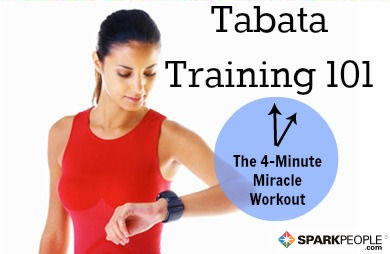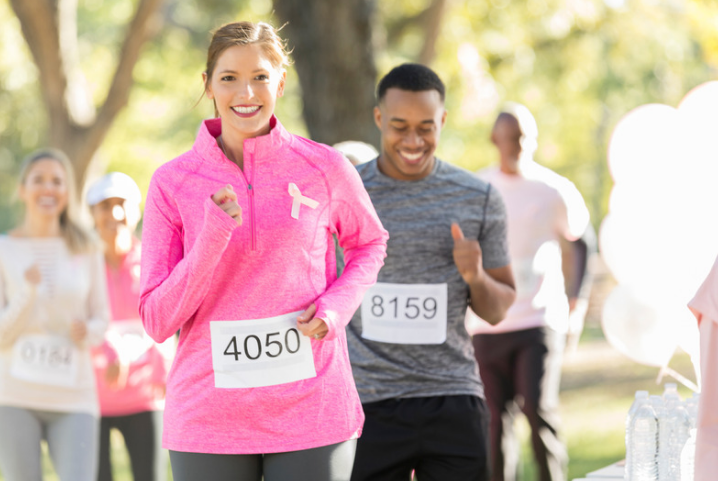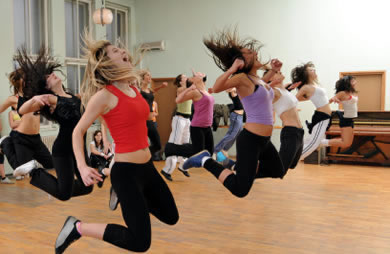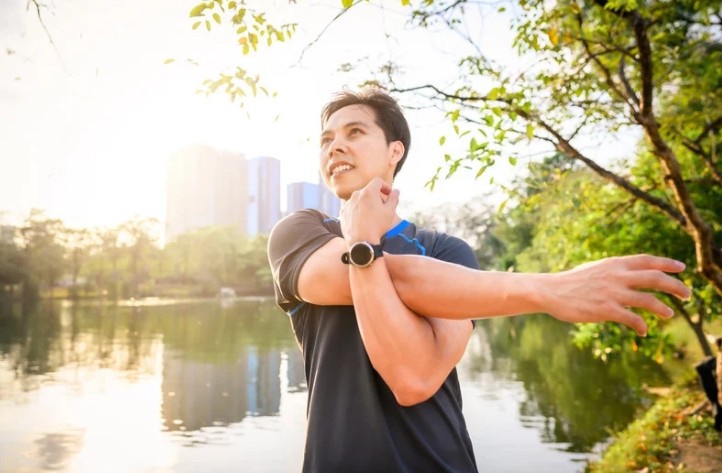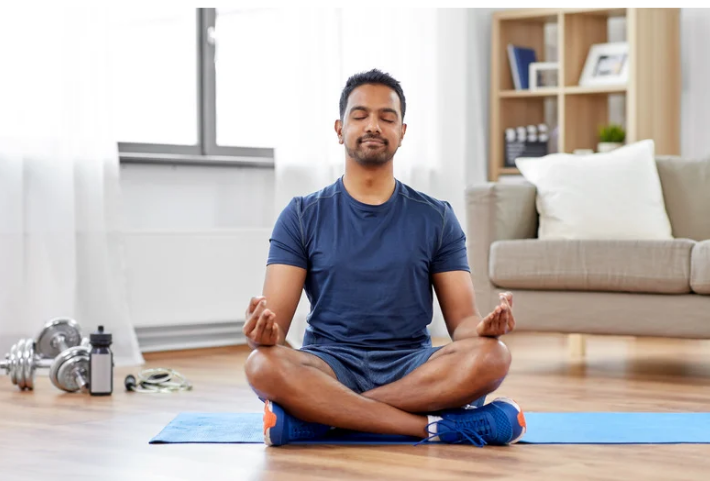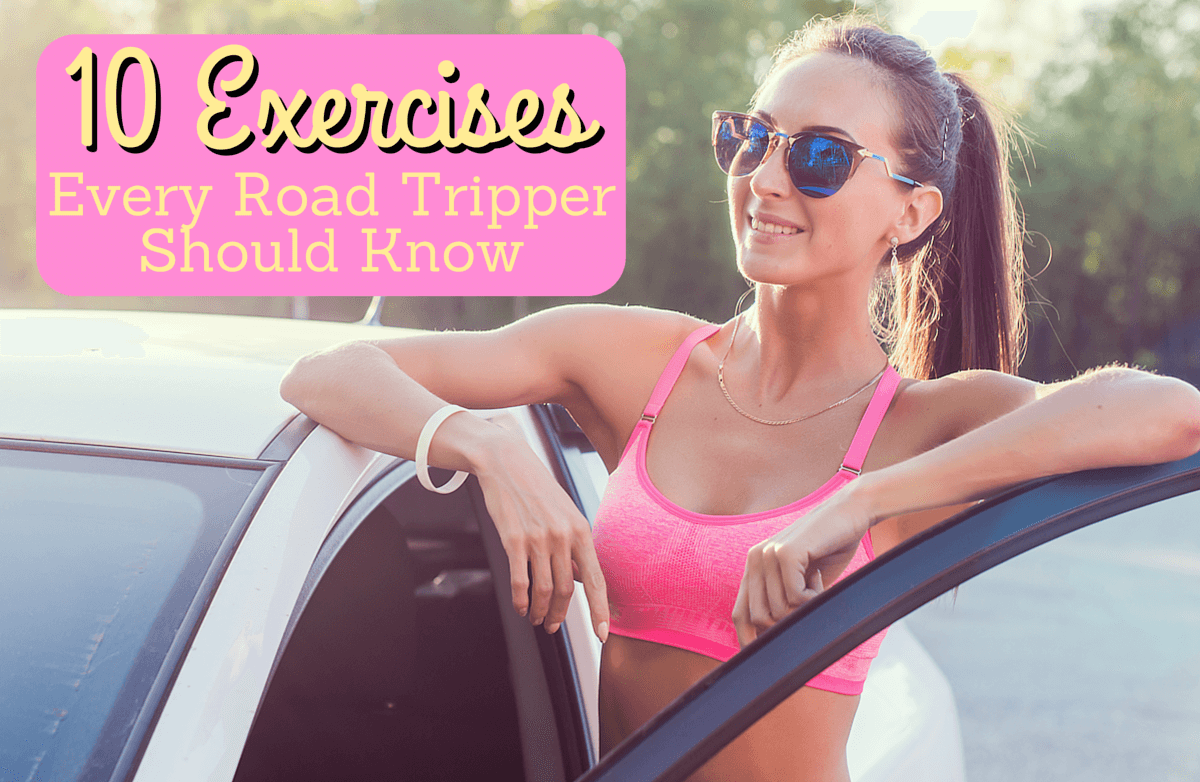Did you know there are almost 200,000 miles of trails on federal land in the United States? From steep and rugged terrains to flat, well-traveled paths, there is something for anyone who wants to get outside and enjoy the fresh air. Trail running and hiking provide excellent exercise, and research shows that spending time outdoors supports overall health and well-being.
Before heading out on a new trail, it’s important to be prepared. Trail running and walking are different from running on paved surfaces, so having the right equipment and understanding what to expect can help you enjoy your adventure safely.
1. Invest in Trail Shoes
Trail shoes are specifically designed for uneven, rough, and muddy terrain. They provide additional support, traction, and protection compared to regular running shoes. Be mindful that wearing trail shoes on pavement can cause them to wear out faster.
2. Strengthen Your Ankles
Ankle injuries are common on trails. You can reduce your risk by wearing appropriate trail shoes and focusing on controlled foot placement. Adding ankle exercises such as calf raises, heel walks, and single-leg balances to your strength routine can further improve stability and prevent injuries.
3. Know Your Route
Trail markings can be unclear or inconsistent, so it’s important to plan. Review maps if available, let someone know your route and expected return time, and carry a cell phone in case of emergencies.
4. Focus on Your Footing
Trails often have narrow or uneven paths, so pay attention to where you step. Avoid distractions like headphones that can prevent you from hearing oncoming hikers or runners. Slow down or stop to enjoy the scenery and reduce the risk of falls.
5. Don’t Stress About Pace
Trail running usually requires more effort than road running due to changing terrain and elevation. Focus on effort rather than time or pace, and adjust your expectations for slower mile times while maintaining the same level of exertion.
6. Make It a Total Body Workout
Trails provide opportunities to combine strength and cardio. You can incorporate exercises like pushups, triceps dips, side lunges, and crunches using benches, logs, or other features along the trail. This approach adds variety and challenges multiple muscle groups.
7. Respect Progressive Overload
Progressive overload is the principle of gradually increasing the difficulty of your workouts to allow your body to adapt and grow stronger. Start with simple, less-advanced trails, and gradually increase distance, difficulty, or intensity over time. This approach helps prevent injury while improving strength and endurance.
Trail running and walking offer a full-body workout, fresh air, and the mental benefits of being in nature. By preparing with proper footwear, building strength, knowing your route, and progressing gradually, you can safely enjoy all that trails have to offer.





